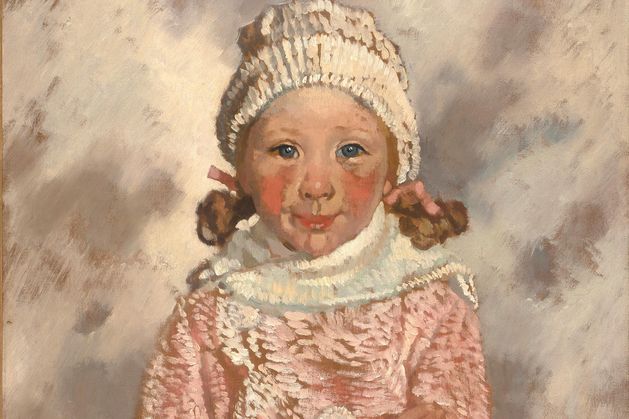Sotheby’s closed its Irish office earlier this year, as part of a programme of cutbacks around the world following a decline in auction sales. Christie’s, which had a representative here for decades, is now handling Irish business from London, following the retirement of Christine Ryall.
Bonhams’ office in Dublin was opened over two floors in a Georgian townhouse on Molesworth Street, just two doors down from Sotheby’s, in 2012. It was under the directorship of Jane Beattie. She later left the company and was succeeded by Kieran O’Boyle, who was recruited from Adam’s.
Mr O’Boyle told the Irish Independent he will continue to represent the company in Ireland, offering services to its clients.
“We are closing our physical space in Dublin,” he confirmed. “I will be staying on working within Ireland remotely, so the company still has a presence here.
“The closure is not reflective of the performance of the Irish operation, which has continued to grow since it opened in 2012. There has been a change in the way clients are interacting with us, using digital and online methods.”
In its Irish operations, the company concentrated on the higher end of the art market. Among its headline sales was a “newly discovered” painting by John Lavery in 2021. “In Morocco”, which had been bought by the Dangar family in the 1930s and ended up in Australia, fetched £156,500 (€180,000) including the auctioneer’s fees.
The British auction houses helped drive Irish art to record prices during the Celtic Tiger boom of 2000 to 2008, at a time when rich businessmen such as Michael Smurfit, John Magnier and Galen Weston competed against each other to spend seven-figure sums for paintings by the likes of Jack B Yeats and Louis le Brocquy.
For a time, both Sotheby’s and Christie’s held dedicated Irish Sales at their London offices, but these were discontinued after the financial crash, when demand for top-end paintings declined.
More recently, Brexit has had an impact on the sale of Irish artworks in Britain, as anything bought in London and brought back to Ireland is liable for customs duties. When auctioneer’s charges and shipping costs are factored in, it can make the British auction houses uncompetitive in relation to their Irish-based rivals, such as Whyte’s, De Veres and Adams.
Mr O’Boyle said there had been some concerns around this post-Brexit, but it turned out to be a lesser problem than expected, and “headaches were smoothed out quite quickly”. However, it is thought some high-end Irish buyers have turned their attention to sales in Paris.
The growth in online sales of art has prompted many of the big international auction houses to reduce their physical footprints, and to shut offices around the world. Bonhams has closed offices in both Britain and Europe, as it centralised its operations.
In a statement, Bonhams said it was “relaunching” its regional network, to focus on a “bespoke and in-person customer service” delivered by regional directors throughout the UK and Ireland. Its offices in London and Edinburgh would be “consolidated”.
“Bonhams remains the largest auction network in the UK and Ireland, and we are committed to maintaining the broadest possible coverage, whilst recognising that our business has modernised enormously and our customers have changed,” it said.
